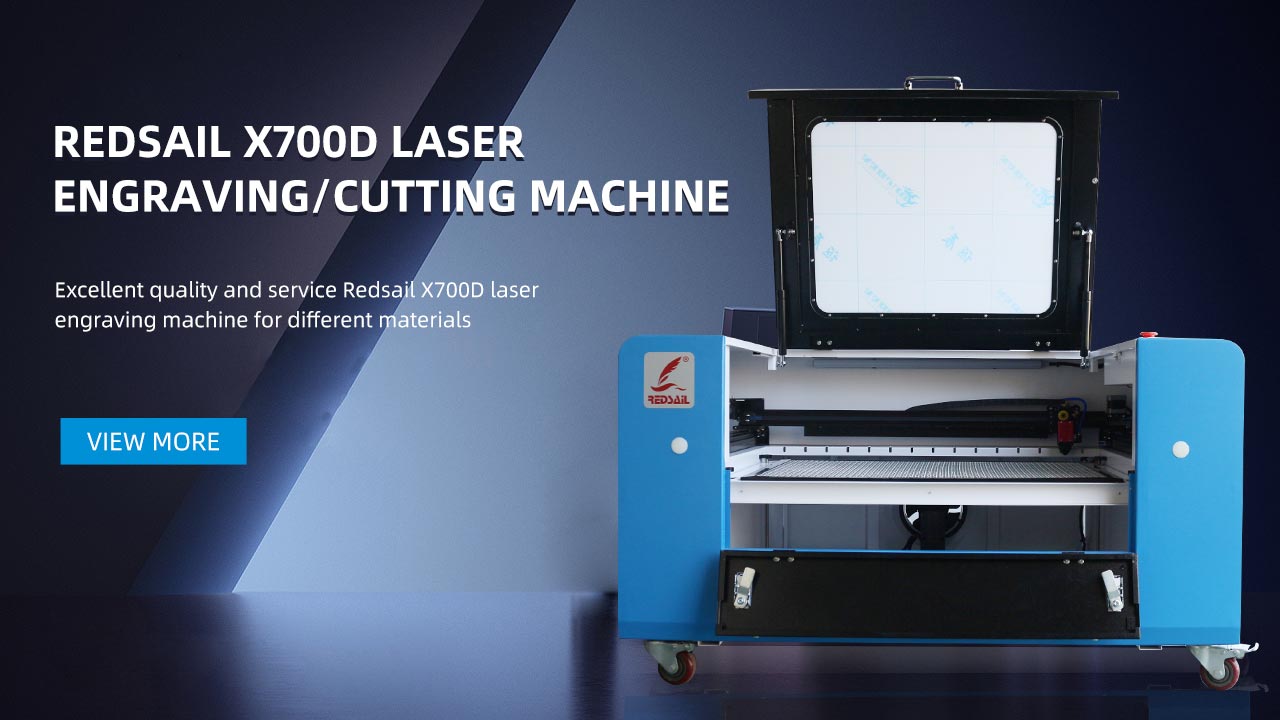Introduction
Laser engraving is a popular technique that has gained immense popularity in recent years due to its precision and versatility. From personalizing gifts to industrial applications, laser engravers offer endless possibilities. However, with so many options available in the market, choosing the best laser engraver can be a daunting task. In this comprehensive guide, we will explore the best types of laser engravers available, their features, and how to select the most suitable one for your needs.
The Different Types of Laser Engravers
When it comes to laser engravers, there are several different types available. Each type has its own set of advantages and limitations. Let’s take a closer look at the most common types:
1. CO2 Laser Engravers: CO2 laser engravers are the most widely used type of laser engravers. They use carbon dioxide gas mixed with other gases to create a laser beam that engraves various materials. CO2 laser engravers are highly versatile and can engrave on materials such as wood, acrylic, glass, leather, and more.
2. Fiber Laser Engravers: Fiber laser engravers are known for their exceptional precision and speed. They use a high-powered laser beam that is generated by the amplification of light in optical fibers. Fiber laser engravers are ideal for marking and engraving metals like stainless steel, aluminum, brass, and copper.
3. Diode Laser Engravers: Diode laser engravers utilize semiconductor diodes as the pumping source for their laser. They are compact, affordable, and easy to use, making them suitable for smaller projects and hobbyists. Diode laser engravers are best suited for engraving on materials such as wood, leather, plastic, and fabric.
- CO2 laser engravers are versatile and can engrave on various materials such as wood, acrylic, and glass.
- Fiber laser engravers offer exceptional precision and are ideal for engraving metals like stainless steel and aluminum.
- Diode laser engravers are compact, affordable, and best suited for materials like wood, leather, and plastic.
Factors to Consider When Choosing a Laser Engraver
When selecting a laser engraver, it’s important to consider several key factors to ensure you get the best machine for your needs. Here are some important considerations to keep in mind:
1. Power and Engraving Area: The power of a laser engraver determines the thickness and hardness of the materials it can engrave. Similarly, the engraving area dictates the maximum size of the objects you can work on. Consider your project requirements and choose a laser engraver with sufficient power and a suitable engraving area.
2. Software Compatibility: Laser engraving requires specialized software to design and prepare your artwork. Ensure that the laser engraver you choose is compatible with commonly used design software like CorelDRAW or Adobe Illustrator. This compatibility will make the engraving process seamless and efficient.
3. Ease of Use: If you’re new to laser engraving, ease of use is an important factor to consider. Look for a laser engraver with a user-friendly interface and intuitive control panel. Additionally, features such as autofocus and built-in safety mechanisms can enhance the overall user experience.
4. Budget: Your budget will play a crucial role in determining the type and quality of laser engraver you can afford. Set a realistic budget and compare different models to find the best balance between price and features.
- Power and Engraving Area: Consider the power and engraving area based on your project requirements.
- Software Compatibility: Make sure the laser engraver is compatible with commonly used design software.
- Ease of Use: Look for a user-friendly interface and helpful features for a smooth experience.
- Budget: Set a realistic budget and compare different models to find the best value.
FAQs
Q: What materials can be engraved using a CO2 laser engraver?
A: CO2 laser engravers can engrave on materials like wood, acrylic, glass, leather, fabric, and more.
Q: Can I engrave on metals using a diode laser engraver?
A: No, diode laser engravers are not suitable for engraving metals. They are best suited for materials like wood, leather, plastic, and fabric.
Q: How much power do I need for laser engraving on different materials?
A: The power requirement depends on the hardness and thickness of the material. Harder and thicker materials require higher power for effective engraving. It is essential to consult the manufacturer’s guidelines for specific power recommendations.
In conclusion, selecting the best laser engraver involves considering the type of materials you want to engrave, your project requirements, and your budget. CO2 laser engravers are versatile, fiber laser engravers offer precision, and diode laser engravers are suitable for smaller projects. Consider factors such as power, engraving area, software compatibility, and ease of use when making your decision. With the right laser engraver, you can unleash your creativity and achieve stunning engraved designs on a wide range of materials.





